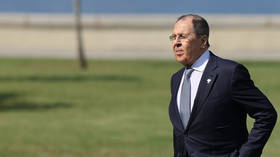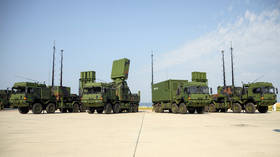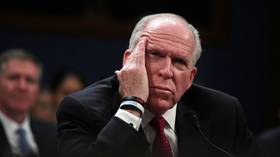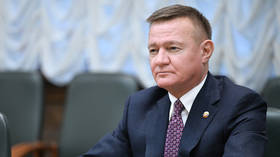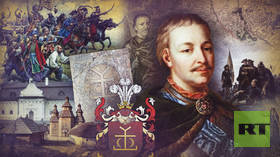Yuan squeezing out dollar on Moscow Exchange

Trading in the currencies of so-called ‘friendly’ nations, or those that did not impose sanctions on Russia, has surged on the Moscow Exchange this year, pushing out the US dollar, the head of the bourse, Yury Denisov, said on Tuesday.
The Belarusian ruble and Chinese yuan have seen volumes grow the most, by 110 and 41 times, respectively, while turnover in the Turkish lira is up some 17-fold and in the Kazakh tenge by 13-fold. The overall share of the trading volume now attributable to ‘friendly’ currencies had surged 70-fold to 34% as of November, from 0.5% in early 2022.
The managing director of the exchange’s business development department, Kirill Pestov, explained that such an increase in turnover in the lira was partly due to demand for the Turkish currency from Russian tourists.
Meanwhile, the share of the US dollar in spot transactions has halved from 84% to 42%, Denisov said, adding that turnover in euros grew slightly as trade with European countries continued.
This year, the Moscow Exchange also launched trading in the South African rand, Armenian dram, Uzbekistani sum, and Tajikistani somoni.
As the bourse is looking to non-Western markets for further development in 2023, it is planning to start trading in the UAE dirham, Azerbaijani manat, and the Egyptian pound, according to Denisov.
“Those are the currencies of Russia’s biggest foreign trade partners,” he explained.
Amid growing demand for national currencies, the exchange also plans to launch futures on a number of currency pairs next year: Turkish lira-Russian ruble, Hong Kong dollar-Russian ruble, and US dollar-Chinese yuan.
For more stories on economy & finance visit RT's business section


